
I have been fortunate to have a series of exceptional students work with me in the lab over the last few years. To date, eight students have gained their MS degrees, and sixteen undergraduates have gained research experience in the Deformation Research Group.
Graduate Students
 Sam Fleagle (MS, 2023) examined the geology of Western Nebraska and the opportunities for sequestration of carbon dioxide in the Nebraska subsurface. He used a combination of structural, stratigraphic and geophysical techniques including 3D modeling, wireline log correlation and core logging. The research was primarily sponsored by the Nebraska Environmental Trust. Sam now works for the Nebraska Department of Energy and Environment (NDEE) in the NPDES Compliance section.
Sam Fleagle (MS, 2023) examined the geology of Western Nebraska and the opportunities for sequestration of carbon dioxide in the Nebraska subsurface. He used a combination of structural, stratigraphic and geophysical techniques including 3D modeling, wireline log correlation and core logging. The research was primarily sponsored by the Nebraska Environmental Trust. Sam now works for the Nebraska Department of Energy and Environment (NDEE) in the NPDES Compliance section.
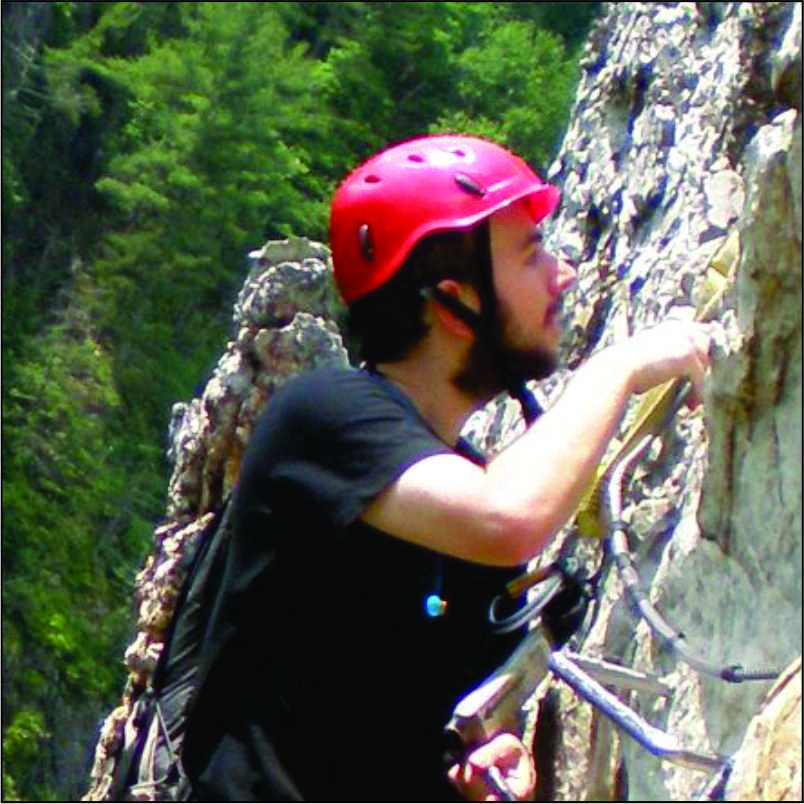 Marques Hatfield (MS, 2018) worked on penetrative strain in the CO Front Range, trying to find a way to link the theoretical framework for penetrative strain magnitude and distribution with the amount of penetrative strain that can be calculated in the field and from thin sections. He ran a series of analog models to test his theoretical results and his work will be published with Jimmy's and Nicole's in the future. Marques is now working for Bishop Brogden Water Associates as a Project Geologist.
Marques Hatfield (MS, 2018) worked on penetrative strain in the CO Front Range, trying to find a way to link the theoretical framework for penetrative strain magnitude and distribution with the amount of penetrative strain that can be calculated in the field and from thin sections. He ran a series of analog models to test his theoretical results and his work will be published with Jimmy's and Nicole's in the future. Marques is now working for Bishop Brogden Water Associates as a Project Geologist.
 Shashank Khatri (MS 2017) studied structural controls on the fracture network characteristics of the Middle Member of the Bakken Formation in the Elm Coulee Field using seismic data (post-stack processing techniques in Petrel 2015) and analog structural models. He analyzed a wrench fault network in south-eastern part of the Elm Coulee Field and created a fracture model for the Middle Member of the Bakken Formation which correlates well with areas of enhanced EUR in the Elm Coulee Trend.
Shashank Khatri (MS 2017) studied structural controls on the fracture network characteristics of the Middle Member of the Bakken Formation in the Elm Coulee Field using seismic data (post-stack processing techniques in Petrel 2015) and analog structural models. He analyzed a wrench fault network in south-eastern part of the Elm Coulee Field and created a fracture model for the Middle Member of the Bakken Formation which correlates well with areas of enhanced EUR in the Elm Coulee Trend.
 Jason Palu (MS, 2017) worked on the effect of basement faults on subsequent deformation, using the the southern Sawtooth Range, MT as his field area. He used analog models and remote sensing, coupled with the fieldwork, to come up with a model for the basement fault geometries associated with the Scapegoat-Bannatyne Trend, part of the Great Falls Tectonic Zone. In his model, the Scapegoat-Bannatyne Trend is made up of a series of en-echelon fault strands, which generated patterns in the models similar to those observed in the field. This is supported by potential fields data across Montana, that appears to image segmentation in the GFTZ faults.
Jason Palu (MS, 2017) worked on the effect of basement faults on subsequent deformation, using the the southern Sawtooth Range, MT as his field area. He used analog models and remote sensing, coupled with the fieldwork, to come up with a model for the basement fault geometries associated with the Scapegoat-Bannatyne Trend, part of the Great Falls Tectonic Zone. In his model, the Scapegoat-Bannatyne Trend is made up of a series of en-echelon fault strands, which generated patterns in the models similar to those observed in the field. This is supported by potential fields data across Montana, that appears to image segmentation in the GFTZ faults.
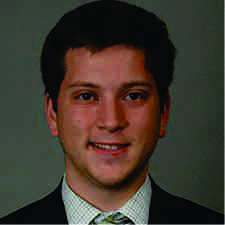
Matthew Peppers graduated with his MS in 2015. He worked on characterizing natural fracture systems in the Ozark Plateau in AR. His thesis was adapted, peer-reviewed, and accepted for publication in the AAPG Bulletin (Fracture Characterization in Tight Carbonates: an example from the Ozark Plateau, DOI:10.1306/01251715242). Matt worked as a Geologist for the Oklahoma City-based Chesapeake Energy Corporation for a number of years, and now works as a Global Intelligence Data Scientist at Google.

Nicole Pierson graduated with her MS in 2014. Her project consisted of field and analog modeling work on penetrative strain which laid the groundwork for all subsequent work in this group. She verified the method that the group uses to determine penetrative strain in clastic units, and made the first-pass comparison to analog models. Nicole's thesis work will be published in conjunction with Marques's work in the future. She has worked for a number of service companies and presently works for S&P Global as a Principal Customer Solutions Advisor.
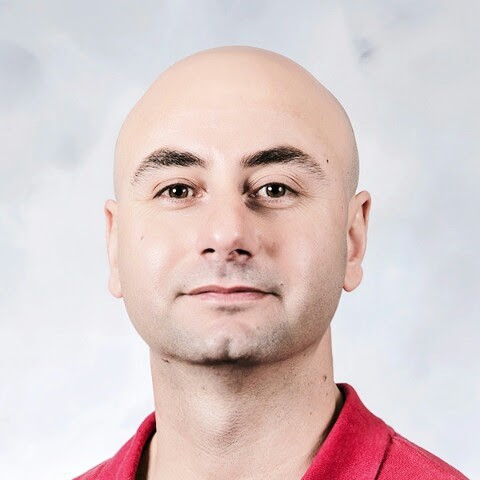 Fahad Qassim (MS, 2023) worked on fracture network connectivity and characterization in the tight carbonates of the Ozark Plateau in AR, using fracture topology. He carried out a field campaign in the summer of 2022, measuring fracture orientation data and photographing fracture networks for analysis, as well as a detailed thin-section petrography of the investigated carbonates. Fahad found that there is a distinct difference in connectivity between Dunham carbonate types. Fahad presently works at NDOT, but has an interest in parlaying his experience into a more geological field.
Fahad Qassim (MS, 2023) worked on fracture network connectivity and characterization in the tight carbonates of the Ozark Plateau in AR, using fracture topology. He carried out a field campaign in the summer of 2022, measuring fracture orientation data and photographing fracture networks for analysis, as well as a detailed thin-section petrography of the investigated carbonates. Fahad found that there is a distinct difference in connectivity between Dunham carbonate types. Fahad presently works at NDOT, but has an interest in parlaying his experience into a more geological field.
 Dr. Mjahid Zebari graduated with his MS in 2013. Mjahid's project consisted of assessing deformation styles in northern Kurdistan, and relating that variation to the presence of a basement lineament. He carried out both remote sensing work and detailed fieldwork, constructing and balancing two cross-sections from Recent units down to the Triassic detachment. His MS work was accepted for publication by GeoArabia and the paper appeared in 2015. After graduation, he went back to Kurdistan to teach at Salahaddin University, after which he read for his PhD at Friedrich Schiller University Jena. Mjahid is now working at Ludwig-Maximilians-Universität München.
Dr. Mjahid Zebari graduated with his MS in 2013. Mjahid's project consisted of assessing deformation styles in northern Kurdistan, and relating that variation to the presence of a basement lineament. He carried out both remote sensing work and detailed fieldwork, constructing and balancing two cross-sections from Recent units down to the Triassic detachment. His MS work was accepted for publication by GeoArabia and the paper appeared in 2015. After graduation, he went back to Kurdistan to teach at Salahaddin University, after which he read for his PhD at Friedrich Schiller University Jena. Mjahid is now working at Ludwig-Maximilians-Universität München.
Undergraduates
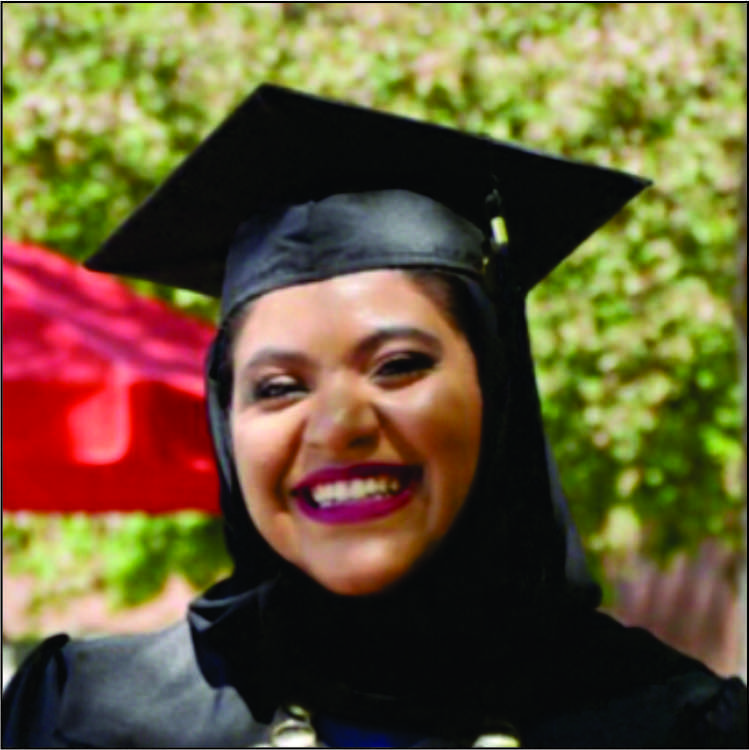 Lubna Al-Azri (undergraduate researcher) worked on interpreting seismic data from the West Cam field in the Gulf of Mexico. This involved a series of iterations between fault interpretations and horizon interpretations in Petrel. She has generated a series of detailed horizons and a robust network of normal faults. Her interpretations have laid the groundwork for detailed analysis of the fault interactions in the future, as the different fault sets are not contemporaneous. Lubna graduated from UNL in 2017 with a major in geology and minors in business and mathematics. She has returned to her home country to work.
Lubna Al-Azri (undergraduate researcher) worked on interpreting seismic data from the West Cam field in the Gulf of Mexico. This involved a series of iterations between fault interpretations and horizon interpretations in Petrel. She has generated a series of detailed horizons and a robust network of normal faults. Her interpretations have laid the groundwork for detailed analysis of the fault interactions in the future, as the different fault sets are not contemporaneous. Lubna graduated from UNL in 2017 with a major in geology and minors in business and mathematics. She has returned to her home country to work.
 Shelby Chandler (undergraduate researcher) worked on interpreting karst features in a seismic dataset. Her work was published by the AAPG Bulletin in 2016. Presently, she is living and working in Columbus, Ohio but plans to make Omaha her home again some day. She is working for a staffing agency as a catch-all Administrative Assistant. She is writing and starring in staffing videos, creating ads and spearheading the social media marketing, and being an all-around Butt Kicker. Her goal is to take these experiences and apply them at a Geoscience company in the future!
Shelby Chandler (undergraduate researcher) worked on interpreting karst features in a seismic dataset. Her work was published by the AAPG Bulletin in 2016. Presently, she is living and working in Columbus, Ohio but plans to make Omaha her home again some day. She is working for a staffing agency as a catch-all Administrative Assistant. She is writing and starring in staffing videos, creating ads and spearheading the social media marketing, and being an all-around Butt Kicker. Her goal is to take these experiences and apply them at a Geoscience company in the future!
 Tatiana Davila (undergraduate researcher) worked on fracture and lineament interpretation across SE Nebraska and N Kansas. She used satellite images to map lineaments across the study area and followed this up with fieldwork to measure fracture orientations, discovering some truly spectacular outcrops of fractured limestone. Her results indicate that the lineament analysis is indeed picking up dominant fracture orientations in the area, potentially related to the reactivation of Midcontinent Rift or Nemaha Uplift faults. Tatiana graduated from UNL in 2014 and now works as a staff scientist for CGRS Inc in Colorado.
Tatiana Davila (undergraduate researcher) worked on fracture and lineament interpretation across SE Nebraska and N Kansas. She used satellite images to map lineaments across the study area and followed this up with fieldwork to measure fracture orientations, discovering some truly spectacular outcrops of fractured limestone. Her results indicate that the lineament analysis is indeed picking up dominant fracture orientations in the area, potentially related to the reactivation of Midcontinent Rift or Nemaha Uplift faults. Tatiana graduated from UNL in 2014 and now works as a staff scientist for CGRS Inc in Colorado.
 Amber Fertig (undergraduate researcher) worked on landslide and fault interpretation across parts of California using GIS. She also worked with a colleague using statistical analysis to assess abundance changes of calcareous nannofossils due to changing sea temperatures. After graduation, Amber worked as an Environmental Scientist for the South Dakota Geological Survey, making aquifer maps in ArcGIS and taking hydrogeological and geochemical measurements. She is now back in Nebraska, working as an Engineering Geologist for Alfred Benesch & Co.
Amber Fertig (undergraduate researcher) worked on landslide and fault interpretation across parts of California using GIS. She also worked with a colleague using statistical analysis to assess abundance changes of calcareous nannofossils due to changing sea temperatures. After graduation, Amber worked as an Environmental Scientist for the South Dakota Geological Survey, making aquifer maps in ArcGIS and taking hydrogeological and geochemical measurements. She is now back in Nebraska, working as an Engineering Geologist for Alfred Benesch & Co.
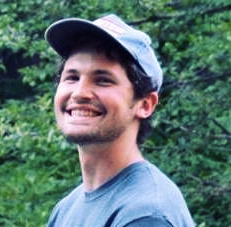 Max Garvue (undergraduate summer intern) worked on microstructural analysis of a series of sandstone and limestone samples from Montana. He generated a dataset of grain impingement and stylolite photographs, coupled with detailed observations. Max graduated in 2018 and worked for about a year in Phoenix as Field Geologist at a geotechnical and materials engineering firm, where he spent his days collecting soil samples with a drill rig for the lab to run tests on foundation stability corresponding to the type of proposed development. Now, he is a PhD candidate at Virginia Tech with the Active Tectonics and Geomorphology group. His research focus is on the East California Shear Zone investigating strike-slip fault evolution.
Max Garvue (undergraduate summer intern) worked on microstructural analysis of a series of sandstone and limestone samples from Montana. He generated a dataset of grain impingement and stylolite photographs, coupled with detailed observations. Max graduated in 2018 and worked for about a year in Phoenix as Field Geologist at a geotechnical and materials engineering firm, where he spent his days collecting soil samples with a drill rig for the lab to run tests on foundation stability corresponding to the type of proposed development. Now, he is a PhD candidate at Virginia Tech with the Active Tectonics and Geomorphology group. His research focus is on the East California Shear Zone investigating strike-slip fault evolution.
 Shawn Herman (undergraduate researcher) worked on the geology of Nebraska wines, using GIS and databases to compile terroir data for wineries across the state. Terroir includes climate and soils, amongst other things, and the fertility of any given soil is partly a function of the underlying bedrock from which that soil is derived. Features such as soil type, topography, local slope, underlying geology, and successful grapes at each winery were compiled and plotted, showing that the most fertile soils occur on the outcrops of the Dakota Formation. Shawn now works for Benesch in Lincoln, NE, and is getting his MS through Missouri S&T.
Shawn Herman (undergraduate researcher) worked on the geology of Nebraska wines, using GIS and databases to compile terroir data for wineries across the state. Terroir includes climate and soils, amongst other things, and the fertility of any given soil is partly a function of the underlying bedrock from which that soil is derived. Features such as soil type, topography, local slope, underlying geology, and successful grapes at each winery were compiled and plotted, showing that the most fertile soils occur on the outcrops of the Dakota Formation. Shawn now works for Benesch in Lincoln, NE, and is getting his MS through Missouri S&T.
 Cole Johnson (undergraduate summer intern) spent his final summer at UNL running a series of models looking at the effect of a pinch out of an upper detachment horizon. The geometry of the pinch out was systematically varied, and was oblique to the transport direction, and the resultant variation in the fold belt will be assessed. A final model compared the effects of a thick and thin detachment. These results will build on previous work looking at pinch-out geometry for a paper in collaboration with researchers from Uppsala University, Sweden. Cole graduated from UNL in 2017, with a degree in geology.
Cole Johnson (undergraduate summer intern) spent his final summer at UNL running a series of models looking at the effect of a pinch out of an upper detachment horizon. The geometry of the pinch out was systematically varied, and was oblique to the transport direction, and the resultant variation in the fold belt will be assessed. A final model compared the effects of a thick and thin detachment. These results will build on previous work looking at pinch-out geometry for a paper in collaboration with researchers from Uppsala University, Sweden. Cole graduated from UNL in 2017, with a degree in geology.
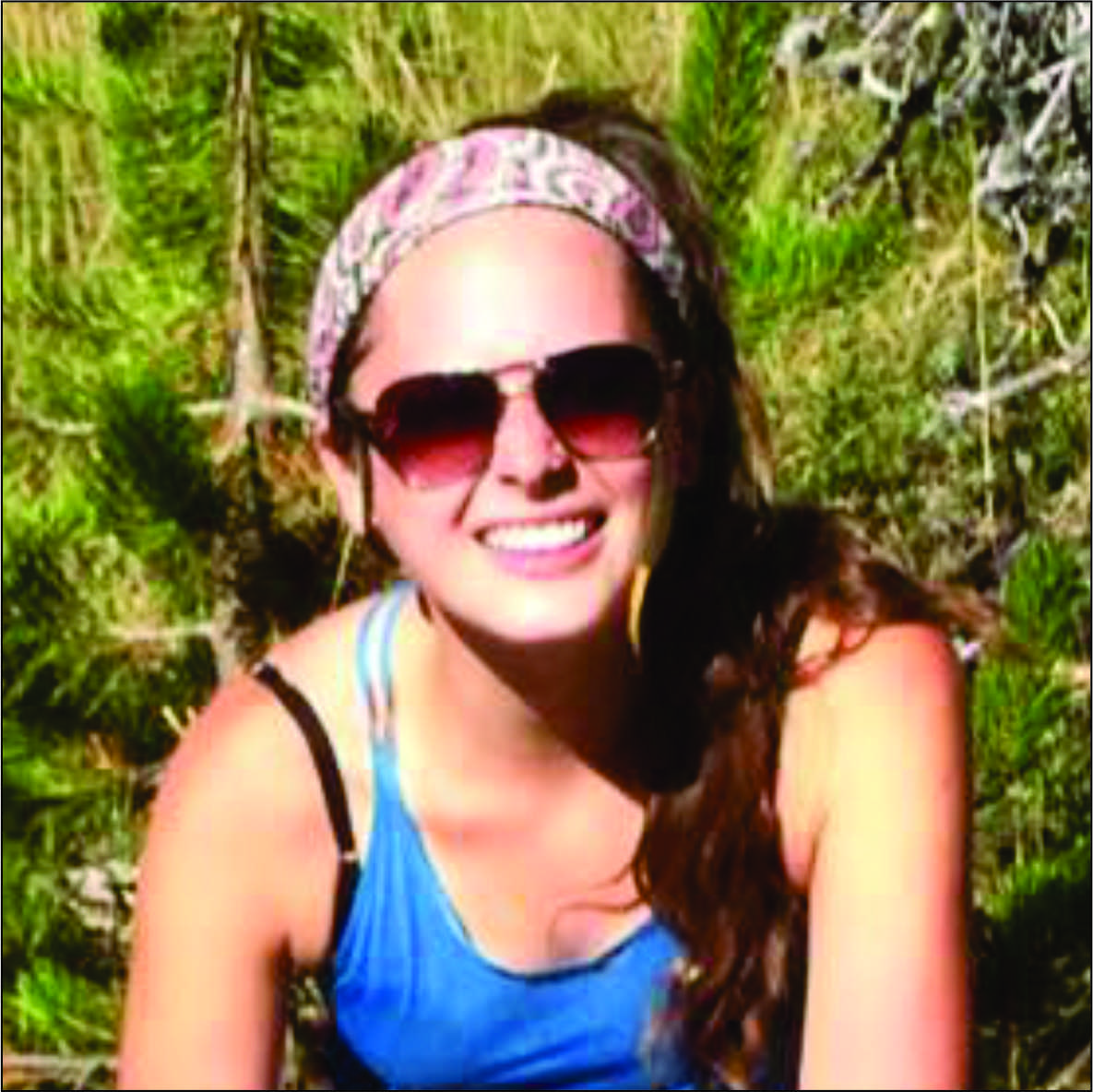 Dr. Bailey Lathrop (undergraduate researcher, honors thesis) ran and analyzed a series of models in the "theoretical penetrative strain" series. Their work looked at the magnitude and distribution of penetrative strain in brittle units above a ductile decollement. They found significant differences between this scenario and the frictional-based system previously run. Their work was published in Lithosphere in 2017. Bailey won a Fulbright Award and spent 2017 studying and working in the Neuquen Basin, Argentina. They then received a PhD from the Basins Research Group at Imperial College London on normal fault kinematics. They are now a Lecturer at the University of Glasgow.
Dr. Bailey Lathrop (undergraduate researcher, honors thesis) ran and analyzed a series of models in the "theoretical penetrative strain" series. Their work looked at the magnitude and distribution of penetrative strain in brittle units above a ductile decollement. They found significant differences between this scenario and the frictional-based system previously run. Their work was published in Lithosphere in 2017. Bailey won a Fulbright Award and spent 2017 studying and working in the Neuquen Basin, Argentina. They then received a PhD from the Basins Research Group at Imperial College London on normal fault kinematics. They are now a Lecturer at the University of Glasgow.
 Jimmy Lowe (undergraduate researcher) graduated in Spring 2018. He works for Martin Marietta Materials as a geologist and land manager, based out of IA. He is currently enrolled in a Graduate Certificate in Geomechanics/Rock Mechanics with the University of Arizona. As a member of the DRG, he worked on thick skinned analog models, changing fault angle and assessing how penetrative strain varied in the system with the change in fault angle. Again, this work will be published in the coming year with some of the work that formed part of Marques' MS.
Jimmy Lowe (undergraduate researcher) graduated in Spring 2018. He works for Martin Marietta Materials as a geologist and land manager, based out of IA. He is currently enrolled in a Graduate Certificate in Geomechanics/Rock Mechanics with the University of Arizona. As a member of the DRG, he worked on thick skinned analog models, changing fault angle and assessing how penetrative strain varied in the system with the change in fault angle. Again, this work will be published in the coming year with some of the work that formed part of Marques' MS.
 Amanda Osborn (undergraduate researcher) worked in the analog modeling lab systematically testing the effect of erosion events on the geometry of developing thrusts and the thrust belt as a whole. Having graduated, she works at the Nebraska Department of Environment and Energy (NDEE) as the Underground Injection Control and Mineral Exploration Program Coordinator. She performs hydrogeologic reviews of various state, federal and private projects and programs to determine effects on groundwater quality and recommend possible courses of action. As UIC/ME coordinator she is directly responsible for reviewing, permitting, and inspecting projects within the State of Nebraska involving the injection of fluid into the subsurface, and mineral exploration endeavours.
Amanda Osborn (undergraduate researcher) worked in the analog modeling lab systematically testing the effect of erosion events on the geometry of developing thrusts and the thrust belt as a whole. Having graduated, she works at the Nebraska Department of Environment and Energy (NDEE) as the Underground Injection Control and Mineral Exploration Program Coordinator. She performs hydrogeologic reviews of various state, federal and private projects and programs to determine effects on groundwater quality and recommend possible courses of action. As UIC/ME coordinator she is directly responsible for reviewing, permitting, and inspecting projects within the State of Nebraska involving the injection of fluid into the subsurface, and mineral exploration endeavours.
 Aaron Page (undergraduate researcher) worked on the geological development of the Sevier fold-thrust belt, and tested the newly built analog modeling rig using the GeoMod 2008 experiments. Having graduated, Aaron has worked for the USGS paleoseismology division, as a Park Ranger with the Bureau of Reclamation, for the Far Western Anthropological Research Group, helping with artifact recovery, soil descriptions, and GPS/GIS work, and for the NPS. He presently works as an Environmental Scientist for CalRecycle.
Aaron Page (undergraduate researcher) worked on the geological development of the Sevier fold-thrust belt, and tested the newly built analog modeling rig using the GeoMod 2008 experiments. Having graduated, Aaron has worked for the USGS paleoseismology division, as a Park Ranger with the Bureau of Reclamation, for the Far Western Anthropological Research Group, helping with artifact recovery, soil descriptions, and GPS/GIS work, and for the NPS. He presently works as an Environmental Scientist for CalRecycle.
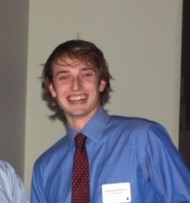 Matthew Pritchard (undergraduate researcher, honors thesis) is carrying out literature based research into the geologic and socioeconomic effects of a major earthquake on the Cascadia subduction zone. He has considered the Cascadia subduction zone in comparison to similar subduction zones for a sense of the geologic effects of such an event, and has looked at the various measures of socioeconomic vulnerability along the Washington and Oregon coast. The third part of his thesis will focus on researching the state of warning systems along Cascadia. Matthew graduated in May 2020 and worked as a high school science teacher in Idaho.
Matthew Pritchard (undergraduate researcher, honors thesis) is carrying out literature based research into the geologic and socioeconomic effects of a major earthquake on the Cascadia subduction zone. He has considered the Cascadia subduction zone in comparison to similar subduction zones for a sense of the geologic effects of such an event, and has looked at the various measures of socioeconomic vulnerability along the Washington and Oregon coast. The third part of his thesis will focus on researching the state of warning systems along Cascadia. Matthew graduated in May 2020 and worked as a high school science teacher in Idaho.
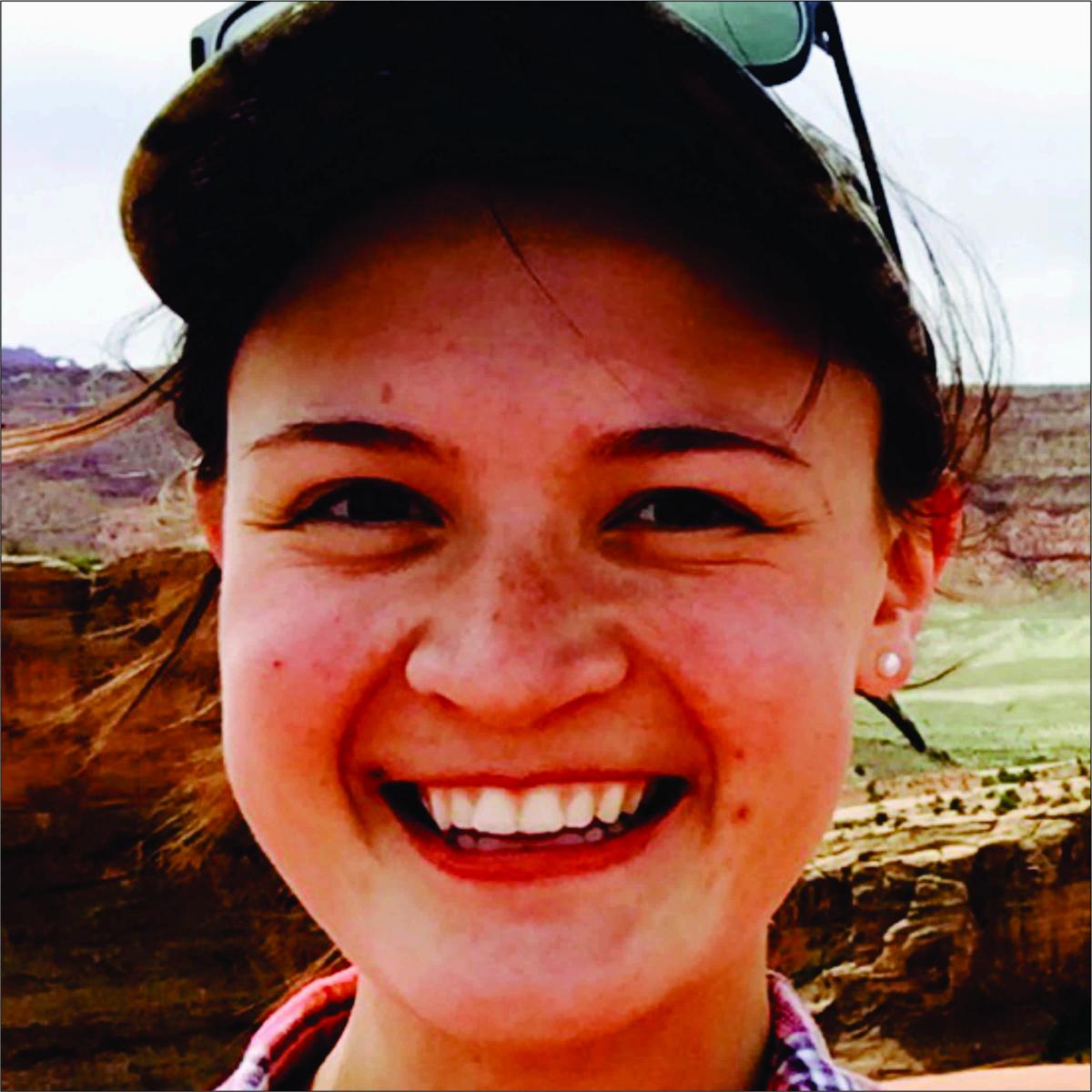 Claire Richardson (undergraduate researcher) worked in the analog modeling lab as an assistant, running a series of models in the "theoretical penetrative strain" series. She looked at the systematic variation in penetrative strain in systems with both a basal and an intermediate detachment, as part of a series of models testing the variation in penetrative strain amount and distribution in different mechanical systems. Claire interned over the summer of 2017 at ANU, as part of the IRIS internship program worked on geophysical modeling of Zealandia in Fall 2017 and is now studying for her PhD at Arizona State University.
Claire Richardson (undergraduate researcher) worked in the analog modeling lab as an assistant, running a series of models in the "theoretical penetrative strain" series. She looked at the systematic variation in penetrative strain in systems with both a basal and an intermediate detachment, as part of a series of models testing the variation in penetrative strain amount and distribution in different mechanical systems. Claire interned over the summer of 2017 at ANU, as part of the IRIS internship program worked on geophysical modeling of Zealandia in Fall 2017 and is now studying for her PhD at Arizona State University.
 Spencer Schmidtworked jointly in the DRG and with Dr. Erin Haacker on the structural geology and hydrogeology of the Brule Formation in Western Nebraska. Spencer reprocessed some vintage structural data for quality assurance purposes, and added his own data after several field campaigns in summer 2022. He is double majored in mathematics and geology and used GIS, modeling and statistical methods to understand the fracture networks in the Brule Formation, the relationship to pre-existing structures, and the effect on present-day or paleo fluid flow. Spencer now works for Olsson Associates.
Spencer Schmidtworked jointly in the DRG and with Dr. Erin Haacker on the structural geology and hydrogeology of the Brule Formation in Western Nebraska. Spencer reprocessed some vintage structural data for quality assurance purposes, and added his own data after several field campaigns in summer 2022. He is double majored in mathematics and geology and used GIS, modeling and statistical methods to understand the fracture networks in the Brule Formation, the relationship to pre-existing structures, and the effect on present-day or paleo fluid flow. Spencer now works for Olsson Associates.
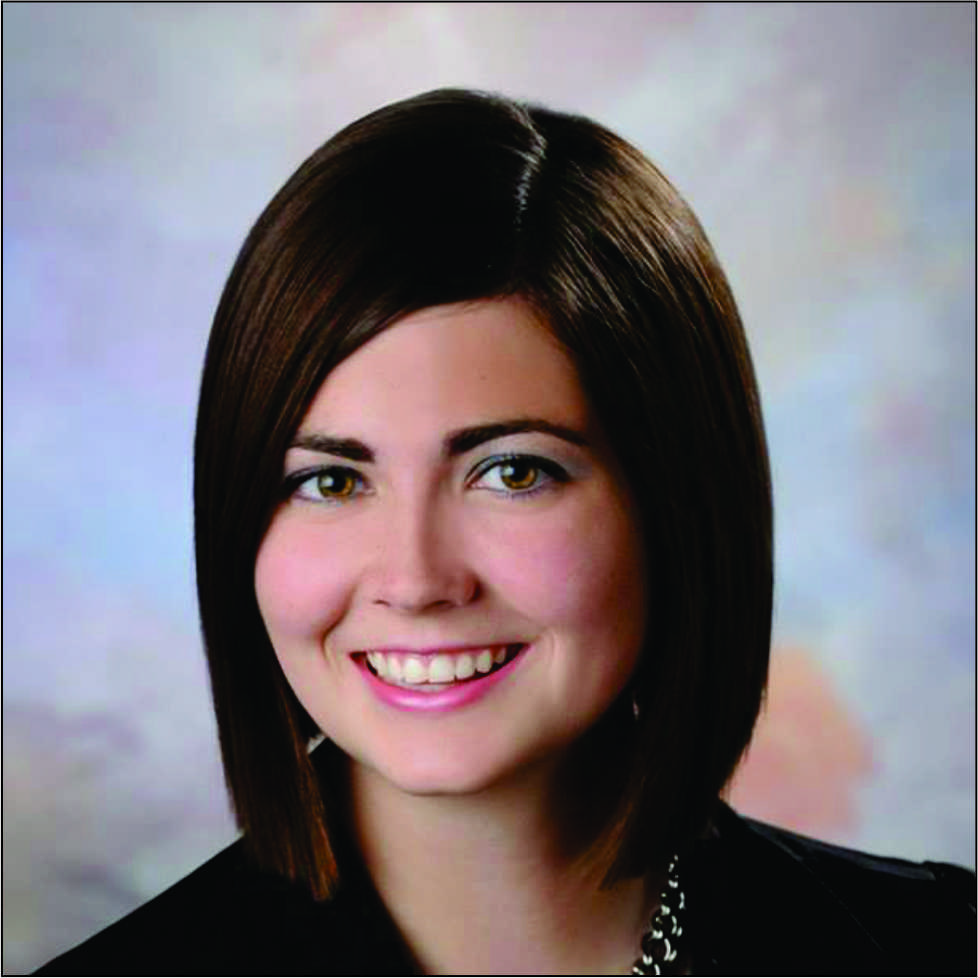 Kolie Smith (undergraduate researcher, honors thesis) worked in the analog lab as an assistant in fall 2016 and later rejoined the group to work on her honors thesis. She ran a series of analog models with variable cover thickness:detachment thickness ratios, to test how this affects the magnitudes of penetrative strain developed in the layers. This research is designed to answer questions posed by a reviewer on an earlier paper in the "theoretical penetrative strain" series and is in the process of being written up for publication. Kolie is now working on her MS in environmental engineering at UNL.
Kolie Smith (undergraduate researcher, honors thesis) worked in the analog lab as an assistant in fall 2016 and later rejoined the group to work on her honors thesis. She ran a series of analog models with variable cover thickness:detachment thickness ratios, to test how this affects the magnitudes of penetrative strain developed in the layers. This research is designed to answer questions posed by a reviewer on an earlier paper in the "theoretical penetrative strain" series and is in the process of being written up for publication. Kolie is now working on her MS in environmental engineering at UNL.
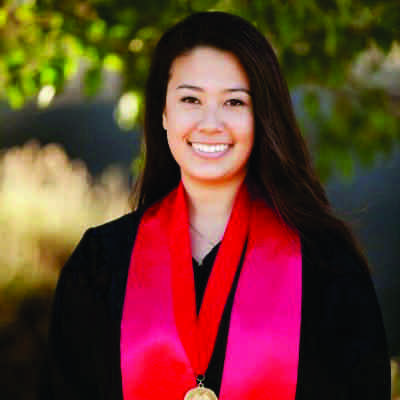 Dr. Jerlyn Swiatlowski (undergraduate researcher, summer intern) was one of the first students to work in the analog modeling lab in the summer of 2013. She refined some of the lab practices that are in use today, and created a series of models exploring the results produced when a fold-thrust belt interacts with a series of pre-existing weaknesses. This work was published in the Journal of Structural Geology in 2016. She found that the fold thrust belt is influenced by the obliquity of the existing weakness with respect to transport direction. She gained a PhD from UC Riverside, studying fault creep along Northern Coastal California Faults using InSAR, GPS, modeling, rock mechanics, and photogrammetry and now works as the Annual Giving Officer at the Food Bank for the Heartland.
Dr. Jerlyn Swiatlowski (undergraduate researcher, summer intern) was one of the first students to work in the analog modeling lab in the summer of 2013. She refined some of the lab practices that are in use today, and created a series of models exploring the results produced when a fold-thrust belt interacts with a series of pre-existing weaknesses. This work was published in the Journal of Structural Geology in 2016. She found that the fold thrust belt is influenced by the obliquity of the existing weakness with respect to transport direction. She gained a PhD from UC Riverside, studying fault creep along Northern Coastal California Faults using InSAR, GPS, modeling, rock mechanics, and photogrammetry and now works as the Annual Giving Officer at the Food Bank for the Heartland.